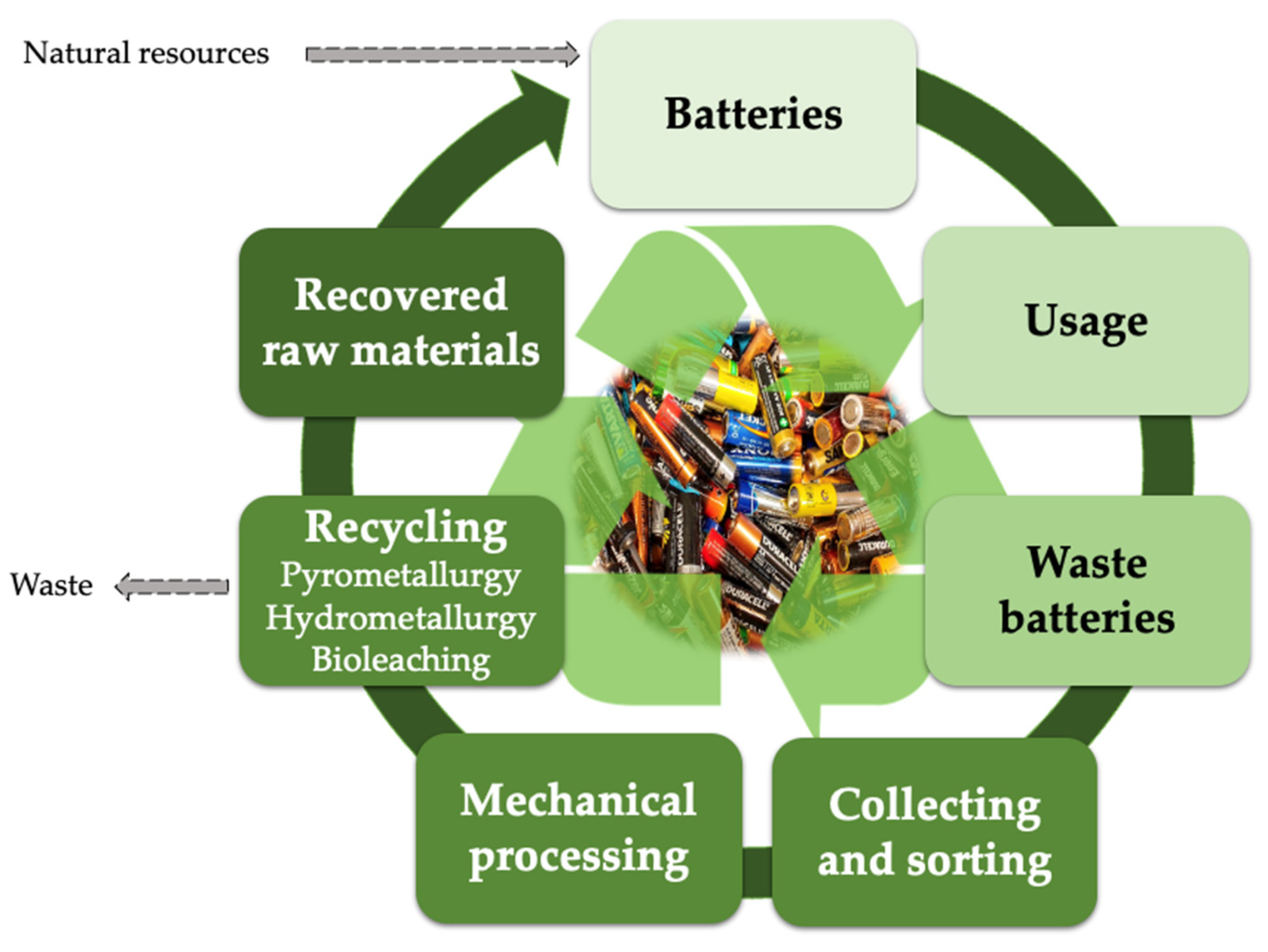NEWS
Battery Waste Management Amendment Rules, 2025
A Comprehensive Overview
In an era where environmental sustainability has become a critical priority, the Government of India continues to take significant steps toward strengthening waste management systems. One such initiative is the Battery Waste Management Amendment Rules, 2025, introduced by the Ministry of Environment, Forest and Climate Change (MoEFCC). These new rules amend the existing Battery Waste Management Rules, 2022, with the primary goal of enhancing the Extended Producer Responsibility (EPR) framework, improving traceability of batteries throughout their lifecycle, and promoting responsible recycling practices.
The amendments are part of India’s commitment under various national and international environmental agreements to manage hazardous waste effectively, minimize pollution, and promote the principles of a circular economy.
Key Highlights
The Battery Waste Management Amendment Rules, 2025, bring several crucial changes that impact producers, importers, and recyclers of batteries in India. Some of the key highlights include:
– Mandatory Barcode or QR Code Printing
– Printing of EPR Number on Brochures
– Exemptions for Packaged Commodities
– Chemical Marking Relaxation
– Centralized Producer List Management
These measures are designed to foster accountability among producers and improve the collection, recycling, and environmentally sound disposal of battery waste.
Products Covered
The Amendment Rules apply comprehensively to a wide range of battery products and related equipment, including:
– Standalone Batteries
– Battery Packs
– Equipment Containing Batteries
– Packaging of Batteries and Battery-Powered Equipment
– Bulk Packaging of Batteries


Exemptions Provided
Recognizing that certain batteries and packaging formats require flexibility, the Amendment Rules provide specific exemptions:
– Legal Metrology Packaging Exemption
– Low Cadmium and Lead Batteries Exemption
Timeline for Implementation
The Battery Waste Management Amendment Rules, 2025, came into immediate effect on February 24, 2025, the date they were published in the Official Gazette.
Next Steps for Manufacturers & Importers
Given the immediacy of the implementation, manufacturers and importers should act swiftly to ensure full compliance, including:
– Update Product Design and Packaging
– Revise Product Brochures and Documentation
– Assess Material Compliance
– Register and Update Information with CPCB
– Employee and Vendor Training
– Strengthen Traceability and Reporting Systems
Conclusion
The Battery Waste Management Amendment Rules, 2025, represent a significant stride towards environmentally responsible battery production, usage, and disposal practices in India. Stakeholders must view these amendments not just as a regulatory requirement, but as a vital part of their contribution to building a cleaner, greener India.
